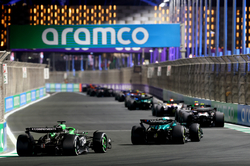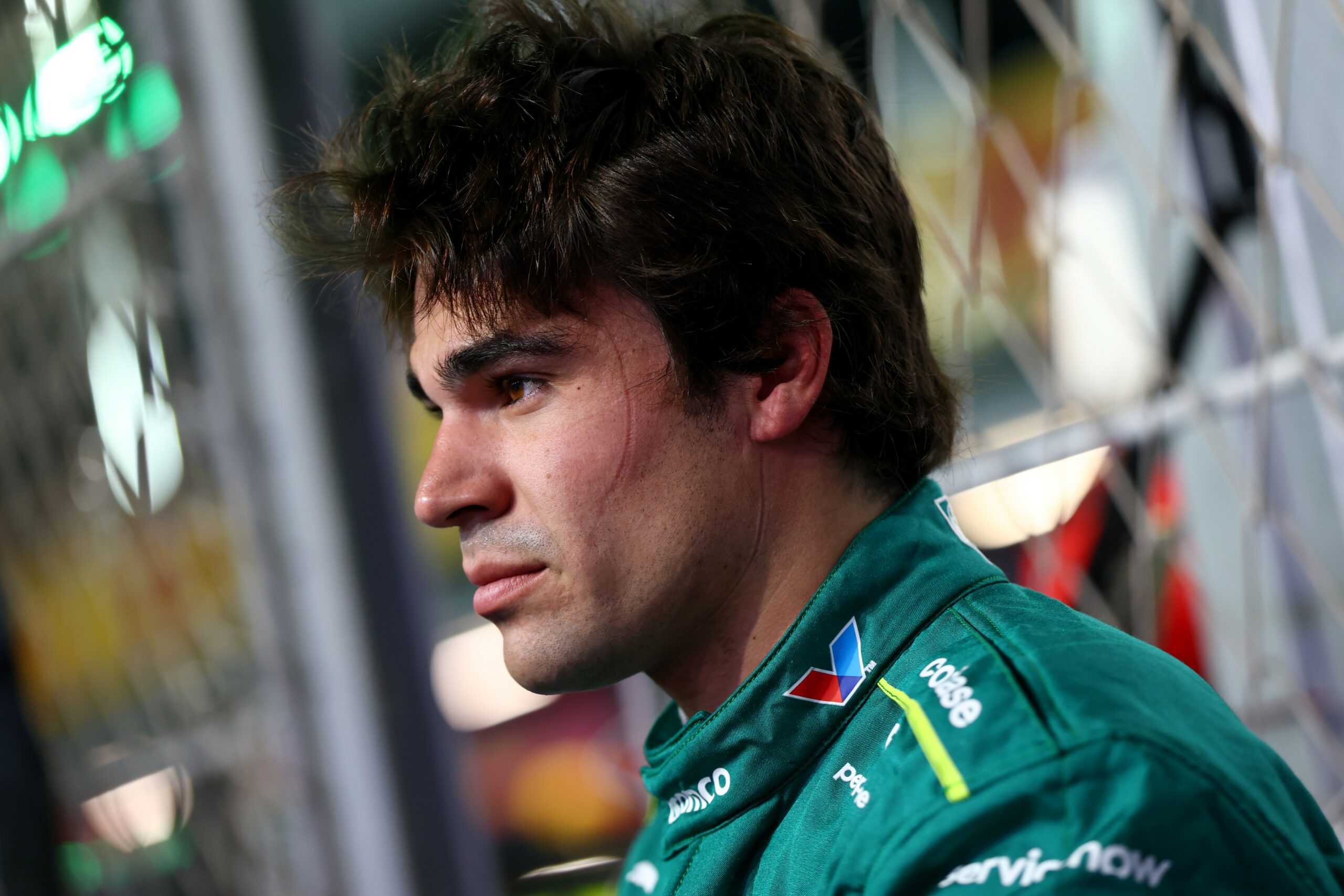Red Bull has demonstrated superiority once again this season. This is not easily achieved, as it requires several factors to ace it: the mechanics, the engineers, the drivers, and of course, a quick car made by all the clever men and women involved in designing it.
The wind tunnel is a key factor in its development, as it serves to simulate the aerodynamic behaviour of the car in motion by optimising the air resistance, downforce and balance of the car, thus improving its performance.
Not every Formula 1 team has its own wind tunnel, but the Austrian team can boast one in Bedford, just 30 minutes from its factory. The current facility dates back to 1947, when, during the Cold War, the UK’s National Aeronautical Establishment built it to test speeds of 80mph up to Mach 5 on both civilian and wartime aircrafts. In the 1960s, the same site was used to develop the famous Concorde as well as for various military projects.
But how did the Milton Keynes team end up with this facility? The story is that Jaguar signed a lease on the property for 123 years no less, so when the aforementioned team was bought out to become Red Bull in 2005, the wind tunnel was part of the deal.
However, due to the age of the facility and the challenges it presents, the energy drink team will now build a new one in Milton Keynes starting in 2024.

Photo Credit: Oracle Red Bull Racing
Christian Horner recently shared in an interview with select media that the new facility is not expected to have an effect on the car until 2027, with construction due to be completed in 2026.
The Royal Leamington Spa man assured that they are not looking to use it mid-season: “With wind tunnels being a thing of the future [in Formula One] by all accounts, we’ve had to go with the times and invest in a new wind tunnel. Construction will start during the course of 2024. You don’t want to introduce it in-season, you have to nominate a tunnel for the year, so it will be probably to do the ’27 car in.”
The Milton Keynes team have faced a major constraint on the hours they can use the wind tunnel, as, firstly, the Aerodynamic Testing Regulations have restricted the use of the wind tunnel, so the higher a team finishes in the Constructors’ Championship, the less they can use it. Secondly, the Horner-led team faced a further 10% reduction in wind tunnel time because they exceeded their budget cap in 2021.
Last October, the punishment imposed on Red Bull finally came to an end, however, the team principal said they have to be very selective in using their tunnel as it has drawbacks: “Our allowance increased a bit in October, as we’d served the penalty, so it allowed seven percent more time.
“But again, that’s eight percent less than any other competitor [due to the ATR]. That’s just the way these regulations are.
“And particularly with the wind tunnel that we have, which is a Cold War relic, and not particularly efficient, particularly in cold weather, which you tend to get a bit of in the UK, we have to be very, very selective.”
In saying this, the English leader took the opportunity to praise his team and underlined the great work they have done to dominate the sport in 2023.
“That’s where the team have done brilliantly well of really being selective of where we channel our development.”





